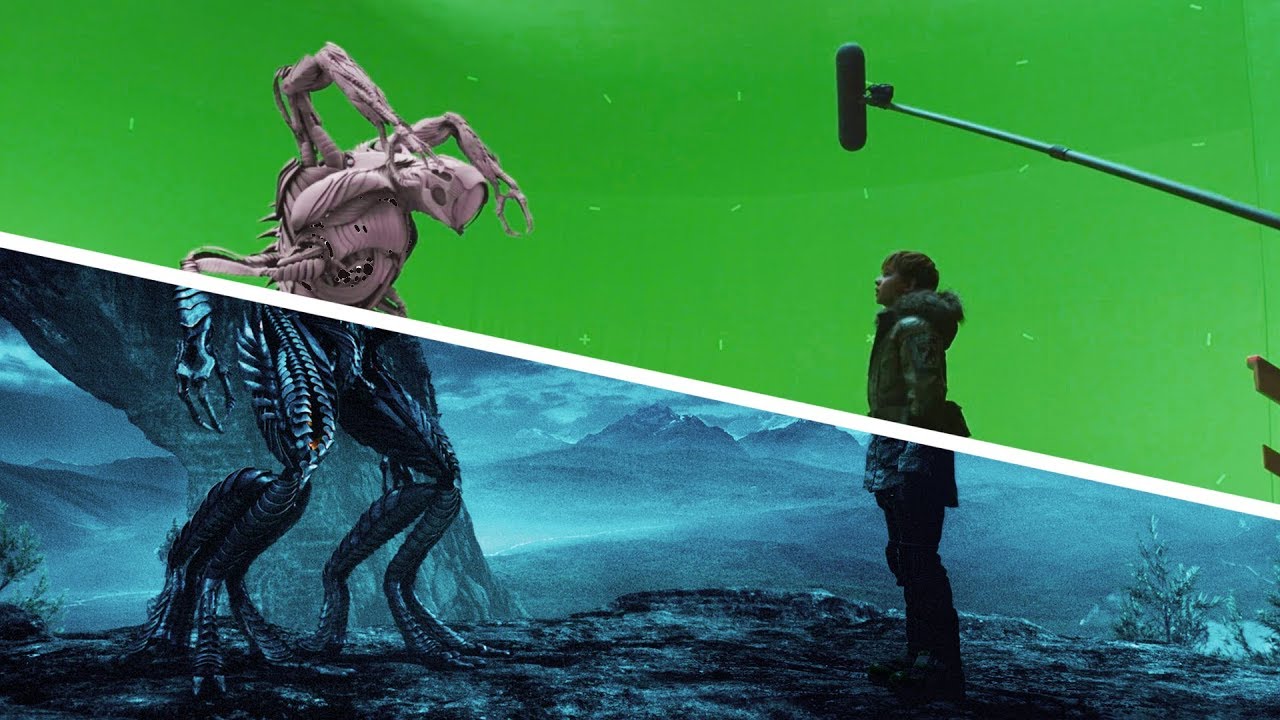Our in-depth exploration of visual effects reveals the secret to today’s blockbuster success. Explore the ways that visual effects have been used in movies from the MCU to indies to create new worlds and atmospheres for an unforgettable viewing experience.
Introduction
Greetings, avid watcher of movies! Do you ever find yourself wondering how directors can pull off such fantastic and jaw-dropping scenes? How is it that Iron Man is able to fly? How is it that dragons are able to breathe fire? Welcome to the wondrous world of VFX, often known as visual effects, which are responsible for making all of these on-screen miracles possible. Today, we’re going to go deep into the intriguing world of visual effects (VFX) to learn more about the tremendous role it plays in contemporary filmmaking.
What is VFX?
The process of creating visual effects, sometimes known as VFX for its acronym, involves modifying video in order to create settings, objects, and actions that did not exist during the recording of the scene. To put it simply, it’s the intersection of art and technology, and it improves narrative by translating abstract ideas into concrete images.
A Brief History of VFX
Since the days of using basic wire techniques and matte paints, visual effects have gone a very long way. The rules of the game have been completely rewritten with the introduction of digital technology. When you think about it, we’ve gone from wobbly UFO models in the 1950s to flawless universe-building in “Avatar.” Think about that.
The Nuts and Bolts of VFX
Types of VFX
You’ve got everything from CGI (Computer-Generated Imagery) and green screens to simulations and motion capture. The toolbox is ever-expanding, with each tool serving a different storytelling purpose.
Software Used
Programs like Adobe After Effects, Autodesk Maya, and Nuke have become industry staples. These programs help artists render intricate scenes that might otherwise be impossible or prohibitively expensive to create.
The Transformational Role of VFX
The Marvel Cinematic Universe
Consider the Marvel Cinematic Universe (MCU). If it weren’t for the visual effects, it would be simply another adaptation of a comic book. However, thanks to visual effects, it has been converted into a vast, linked movie world, complete with incredible fights and people that are bigger than life.
Sci-fi Movies
Consider the ways in which films like “Interstellar” and “Inception” have transformed the category as a whole. They depend extensively on visual effects to test our preconceived notions of reality and push the limits of what is technically achievable.
Realism and Immersion
Augmenting Reality
Imagine if there was another movie just like “The Revenant.” VFX was responsible for not only the creation of the dangerous bear but also the modification of natural surroundings to increase both the danger and the beauty of the environment, resulting in an experience that was more immersive.
Creating Entire Worlds
From Pandora in “Avatar” to the deserts of “Mad Max: Fury Road,” VFX allows for the creation of worlds that exist only in the minds of the filmmakers.
The Dark Side of VFX
High Costs
VFX isn’t cheap. Major studios invest millions to make those breathtaking scenes. And this can create a steep entry barrier for indie filmmakers.
Ethical Considerations
Think deepfakes and misinformation. While VFX has enormous storytelling potential, it’s also a tool that can be misused in the wrong hands.
Conclusion
The Future of VFX
As technology advances, the role of VFX in filmmaking will only grow. It’s more than just eye candy; it’s a vital storytelling tool that’s here to stay.
So the next time you’re blown away by a film’s special effects, take a moment to appreciate the art and science behind VFX.
FAQs
- What’s the difference between VFX and SFX?
SFX (Special Effects) are practical effects done on set. VFX are digital effects added in post-production. - How much do VFX cost?
The cost can vary greatly, but big-budget films often spend millions on VFX. - Is VFX bad for the industry?
While costly and potentially misusable, VFX expands the possibilities of storytelling in filmmaking. - What software is used for VFX?
Adobe After Effects, Autodesk Maya, and Nuke are some of the industry standards. - Will VFX replace real locations?
While VFX offers new opportunities, there’s still a unique authenticity to real locations that can’t be entirely replicated.
